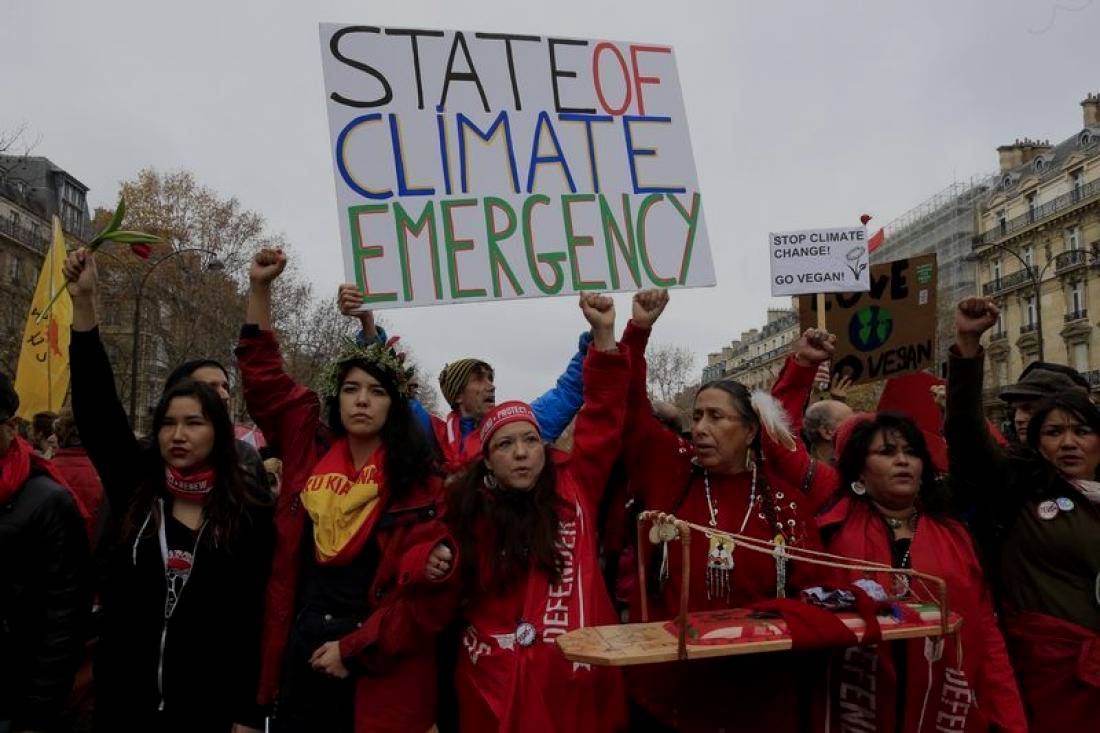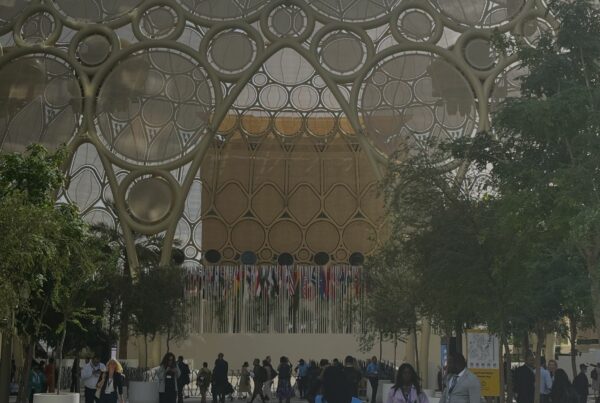This year’s COP26 is viewed as one of the most important climate summits in history. Its mission is to put the world back on track to limit global heating to 1.5ºC.
It’s also unique as it’s the first time indigenous and traditional local communities (IPLCs) have had the chance to make their voices heard at a UN climate change conference. They have spoken to world leaders about their essential role in fighting the climate crisis and received funding, albeit limited, to help them protect the world’s forests. But as countries negotiate on how to increase their climate ambitions and on the rulebook of the Paris Agreement, much more needs to be done beyond compensating IPLCs for the range of ecosystem services they provide. If we are serious about limiting warming to 1.5oC, we must recognise that IPLCs are essential to reaching this goal. They must have a seat at the table.
Why are indigenous people vital to 1.5C?
Simple really: By conserving the forests that help mitigate climate change. Forests currently remove and store 30% of all CO2 emissions, helping to keep average global temperatures lower than they would otherwise be. Forests also play a key role in regulating climate, by promoting rainfall and controlling local and regional temperatures. In fact, all scenarios for limiting warming to 2°C this century rely upon reductions in deforestation and forest degradation.
And IPLCs manage more than one third of the world’s intact forests, while 80% of all terrestrial biodiversity lives on their lands. Their territories have lower deforestation rates (especially in Latin America) and their forestry management practices lead to better conservation. In Brazil, their forests are considered the best-preserved land. In fact, forests managed by indigenous people are as effective as government-protected areas – some even more so – at avoiding deforestation.
Better forestry management and less deforestation means more carbon is stored and less is emitted. According to the Food and Agriculture Organisation (FAO), “the forests in IPLC territories contain almost 30% of the carbon stored in Latin America’s forests and 14% of the carbon in the tropical forests worldwide.” In fact, IPLC-managed forests in Latin America “store more carbon than all the forests in Indonesia or the Democratic Republic of Congo, the two countries with the most tropical forest area after Brazil.”
The cheapest, most effective solution
But IPLCs need more help. Indeed the consequences of not providing it are severe. If their forests continue to be cut down, huge amounts of CO2 will be released into the atmosphere, which could reduce rainfall and raise local temperatures and increase droughts and forest fires. In the Amazon Basin, loss of a major part of the IPLC forests – 45% of the intact forests in the region are in their territories – could lead to the region turning from a carbon sink to a net source of carbon within the next 20 to 30 years.
Ultimately, securing IPLC rights is a cheaper and more effective way to sequester carbon than offsets and other mitigation options. According to the IPCC, curbing deforestation and forest degradation and permanently protecting large mature forests is also a faster, better and cheaper way to stabilise the global climate than relying on planting trees. By far the easiest and most effective solution is to give IPLCs rights to their lands.





